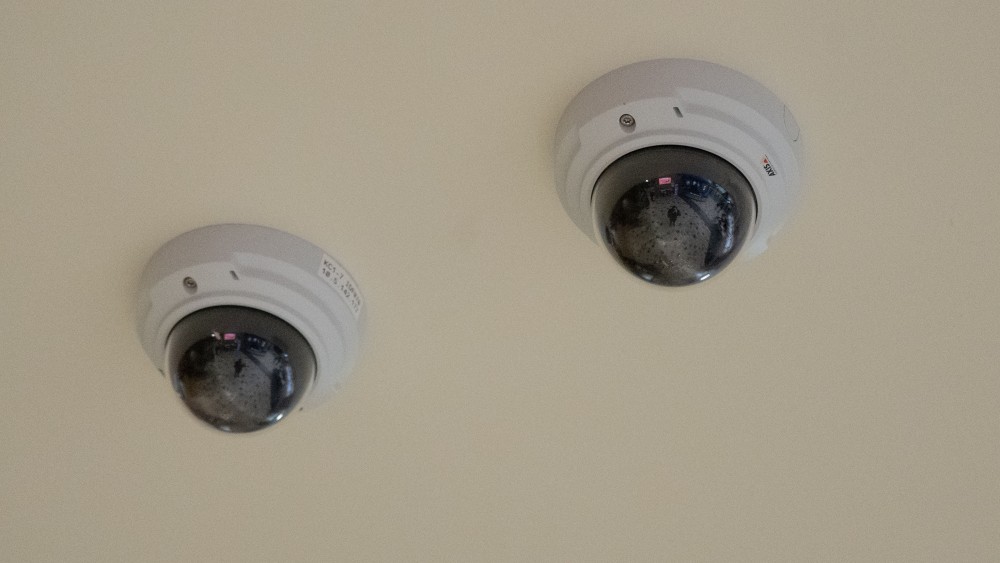GVSU to spend $3 million on updated surveillance system

GVL / Benjamin Hunt Avoiding sexual assault. 12/1/18. GVSU Allendale Campus.
Mar 25, 2019
Security is a priority for public and private academic institutes everywhere and Grand Valley State University is no exception. Grand Valley Police Department intends to increase safety measures across the Allendale, Grand Rapids, Muskegon and Holland campuses by adding hundreds of exterior surveillance cameras while also improving the software and infrastructure through which these devices operate. The nearly $3 million project could take up to two years to complete.
According to Grand Valley Police Capt. Kourosh Khatir, it was the quantity and location of surveillance cameras at Central Michigan University that led officials to the location and perpetrator of a double-homicide on campus the morning of March 2, 2018.
“For the last few years, there’s been a hodge-podge of cameras around campus in various buildings that installed their own setup. The software and equipment is different in each location, so there’s certainly a lack of infrastructure as far as surveillance,” Khatir said. “We are too big to have a lack of infrastructure in this area… We aren’t investing all this money just to be ahead of the game — we want to catch up to where we need to be.”
Khatir isn’t the only one who believes so. Many students and faculty members, including GVPD Capt. Jeff Stoll, agree that the addition of more cameras is not only practical, but necessary.
“As we’ve seen technology increase over recent years, we’ve seen other universities increase their cameras on campus. We do have a lot of cameras now, but they’re not consolidate into a master plan,” Stoll said. “GVSU was a little bit behind in this regard so we knew it was time to have this discussion.”
Elementary Education student Tori Fowler recognizes that extra safety measures are never a bad idea, even for campuses with a tight-knit community like GVSU.
“I feel extremely safe here. If I’m (at work on campus) or in the library, I’m not worried about leaving my phone or laptop unattended for a moment, but I think that layers of precautions are what help keep campus safe,” Fowler said. “I think if people know there are more eyes watching them, that could prevent a lot of incidents.”
According to Khatir, about 300 cameras currently exist between the Allendale and Grand Rapids campuses, but at least 1,000 more cameras will be installed across the various GVSU campuses in the next two years. The cameras will primarily be installed outside the entrances of buildings and in parking lots, along with other common areas that require better security.
“Cameras will be located at exterior access points of all buildings. Our emphasis is not necessarily interior areas, but to be able to see who comes in and out of buildings,” Khatir said. “Coverage on the Allendale campus will increase from less than 10 percent to roughly 85 percent — if someone commits a crime in one of our buildings and then tries to get across campus or to the parking lot, camera footage will give us a better chance of identifying suspects.”
Another key element to this project is the software and infrastructure of the cameras. Khatir said that the goal is to have a universal system in which the footage can be linked to other campuses and devices as needed. The software will be able to pick up various elements in a frame of footage and seek out other clips that could contain identifiers. Of course, when considering surveillance and data transmission, the question of privacy always comes into play.
Khatir explained that access to the infrastructure will be limited and codified so that footage cannot be used for any malicious purpose. To maintain server capacity, footage older than 30 days will be erased. Installation of the cameras is expected to start soon and continue over the summer when the the campuses are less busy.






















